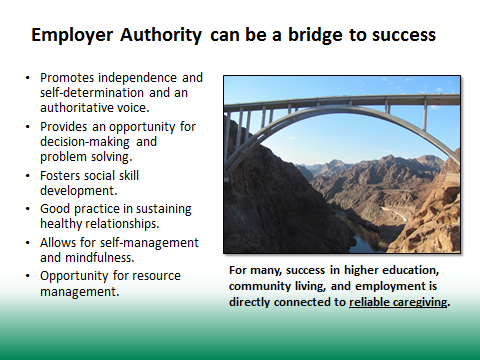VP, Long Term Care Services
Over 10
Million Americans with disabilities use Long-Term Services and Supports (LTSS) to
assist in their self-care, engage in their community, and achieve their goals of
living independently.
Medicaid is the
primary funding source for most people receiving services. Each state has its’
own pathway for people to access LTSS.
With increasing frequency, states are moving to Managed Care models.
The movement
towards Managed Care is driven by the need to contain costs, ensure quality,
and mitigate risk. Keeping enrollees
central to the focus ensures that a quality management system will meet the
unique needs of the population being served.
Consumer engagement initiatives also allow for the understanding of quality
from the perspective of the people who are being served.
Managed Care
programs have long served people with disabilities. One such Managed Care program in Wisconsin is
Family Care. Family Care enrollees have moved back into the community safely
after spending years living in institutions, while other enrollees have
achieved new levels of independence by living and working in their communities.
Most enrollees can boast vast improvements in overall health. These successes
are achieved by two principles that are the hallmarks of Family Care: person-centered
planning and disability services expertise.
We are at a
unique juncture: paralleling the movement towards Managed Care has been the
growth and popularity of Participant Directed Programs. It strikes me that bridging two key aspects—person-centered
planning and quality management—might result in a delivery system with improved
results.
I look
forward to working on just that.
